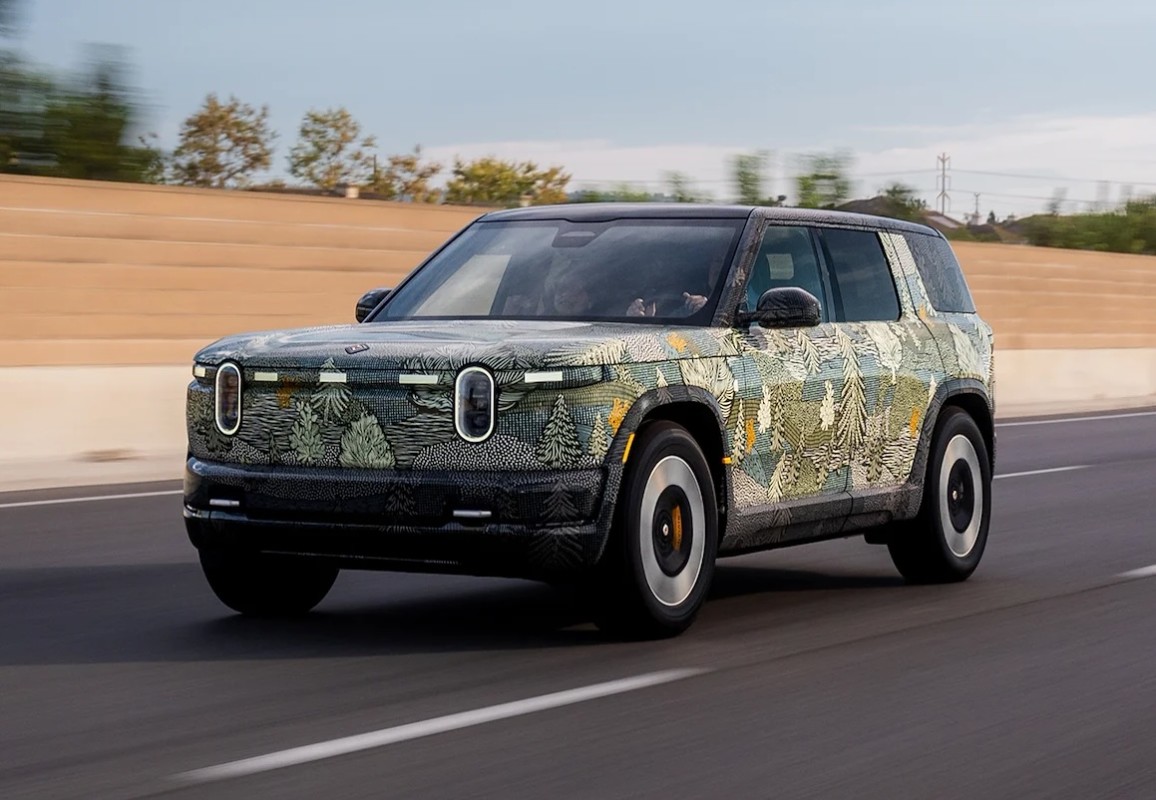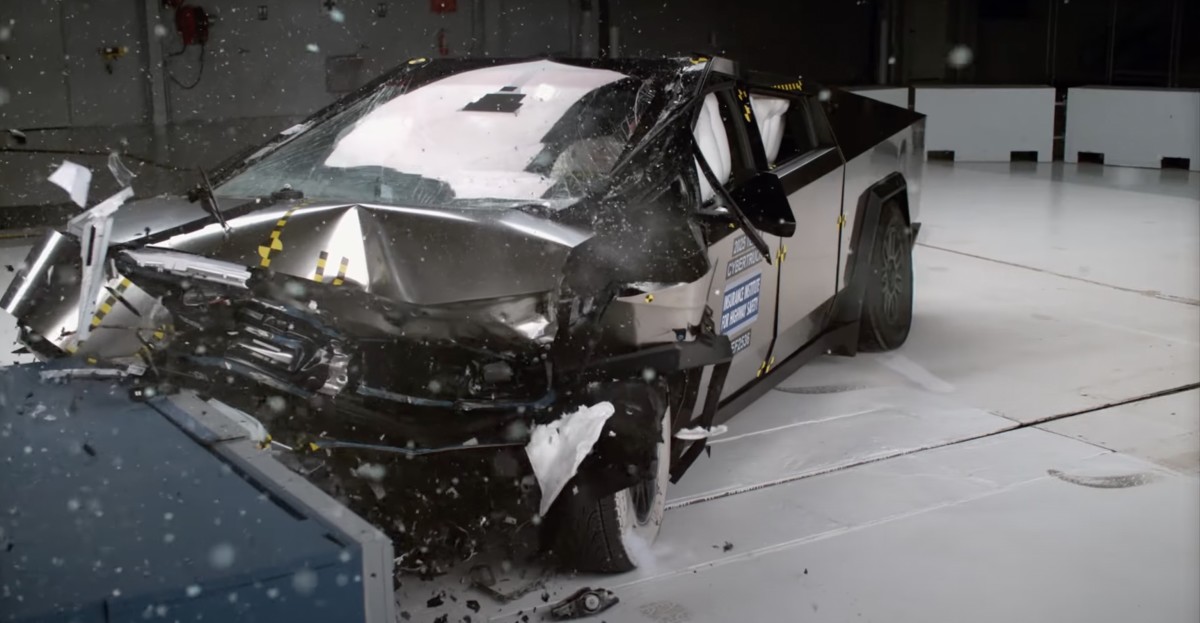Scientists on Tuesday reported that they had reversed Alzheimer’s disease in mice, a feat that offers hope of a potential cure for the devastating form of dementia in humans.
In a paper published Tuesday in Signal Transduction and Targeted Therapy, a team of researchers describe how, by harnessing the brain’s garbage disposal system, they managed to repair the brain and reverse the progress of the disease in the animals.
Specifically, they used nanotechnology to target and restore the brain’s “vascular gatekeeper,” the blood-brain barrier, which protects the brain from toxins and streamlines blood flow in and out of the brain.
Maintenance work
The new method came from studying how the buildup of “waste” proteins such as amyloid-beta (A?) impairs neuron function. Sometimes, clever solutions to complex problems come from going back to the basics.
Typically, the blood-brain barrier filters out unwanted substances from the brain, but in people with Alzheimer’s, the barrier gets clogged or fails to respond properly to intruders.
“We think it works like a cascade: when toxic species such as A? accumulate, disease progresses,” Giuseppe Battaglia, study senior author and a neuroscientist at the Institute for Bioengineering of Catalonia, said in a statement.
“But once the vasculature is able to function again,” Battaglia said, “it starts clearing A? and other harmful molecules, allowing the whole system to recover its balance.”
How they did it
Battaglia and his team developed nanoparticles that mimicked a protein called LRP1, a molecule typically responsible for reacting to toxins in the blood-brain barrier.
For the study, the researchers genetically engineered mice to produce more amyloid-beta proteins and to show significant cognitive decline similar to Alzheimer’s. Each mouse received three injections of the new drug, and the researchers observed changes in their behavior and brain activity for 6 months.
The results were impressive. A 12-month-old mouse (equivalent to a 60 year-old human) that received treatment, when reassessed at 18 months (90 year-old human) old, had “recovered the behavior of a healthy mouse,” the scientists found.
“What’s remarkable is that our nanoparticles act as a drug and seem to activate a feedback mechanism that brings this clearance pathway back to normal levels,” Battaglia said. Surprisingly, the treatment took just three injections for it to reverse the progression of Alzheimer’s in mice, the researchers reported.
As with all mice studies, it will take much more work before this treatment could be tested for use in humans. But the results suggest that the approach, which essentially coaxes the brain to return to a healthy state, could hold promise for this incurable disease.
via Gizmodo https://gizmodo.com/
October 8, 2025 at 08:28AM




